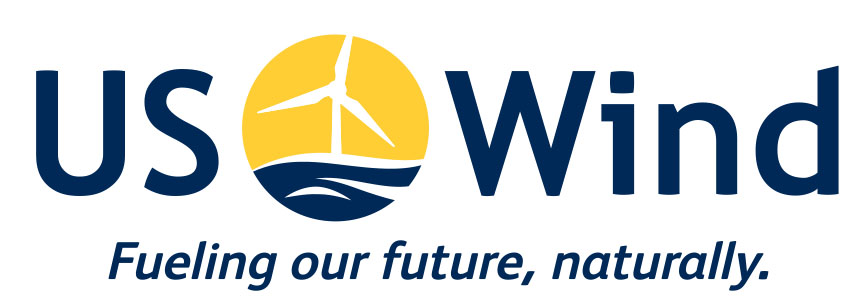Offshore wind: saving energy and saving the future
The offshore wind industry is a young sector in the U.S. that has been gaining progress and valuable results towards building a clean energy future. One of the factors attributed to its continued, building success are the falling costs of offshore wind. We have a long way to go, and there’s still a lot of work to be done on legislation on the federal level. Industry action remains to be consequential for the offshore wind energy industry when it comes to developing technologies crucial to achieve economic growth and viable solutions to address climate change.
Key to this goal is cost reduction. Norway-based classification society DNV GL released a report called “Offshore Wind: A Manifesto for Cost Reduction,” which identified and quantified cost reduction opportunities, centering on the following strategies:
- Risk mitigation and increase certainty
- Improve efficiency of existing processes
- Innovate for the future
According to the report, tangible progress has been made on reducing costs for offshore wind. Bigger, more reliable turbines are becoming available far faster than predicted while the offshore wind supply chain in general is a more competitive place that it ever has been. It notes that companies are now sharing performance data. Standardization of important wind farm elements are emerging, and load factor-measured turbine performance is up.
The report highlights the importance of mitigating poorly managed risks in the environment (understand the site, use the right equipment, and plan appropriately), management (minimize use of interface; use interface management specialists supported by advanced tools, clear and comprehensive contracts and common risk registers; and have sufficient focus on onshore elements), and technology (appropriate testing and verification, demonstration sites, early engagement of financial community, and new technology qualification approach) fronts.
To achieve the deep cost reductions required to secure its future, the offshore wind industry will need three things: commitment, partnership, and focus.
Noting the steep effect of overruns on energy costs, DNV GL said that construction missteps can “persist into the productive life of the project making operations harder, reducing production and adding to the ongoing costs.” It calls for a shift from “simply operating wind farms to effective asset management.”
As well as adding to the construction and operational costs of wind farms, risks to the time-scales and costs of building these projects is reflected in the returns demanded by finance providers. Improving the certainty that a project will hit its budget reduces the cost of capital, a major component of the cost of energy in its own right.
The report concludes, “There are good reasons why construction of an offshore wind farm is the formidable engineering challenge that it is, but that doesn’t mean that the process cannot be tightly managed. By preventing errors and ‘doing it right’, offshore wind can be made safer, capital and operational costs can be reduced, investors can be given certainty and, ultimately, energy can be made cheaper.”
